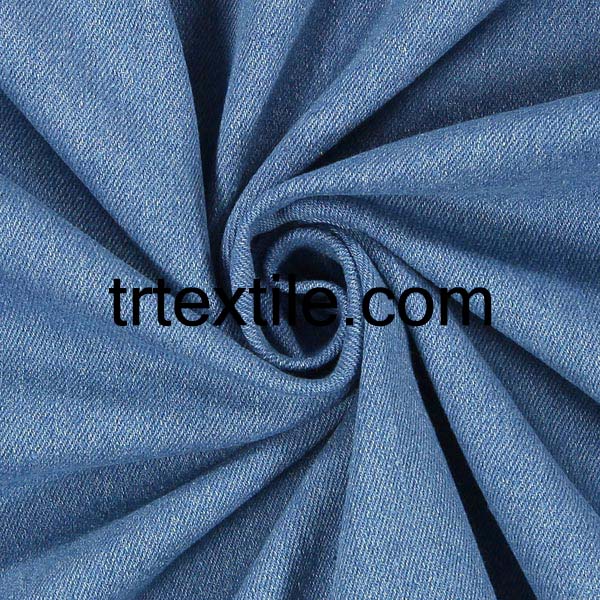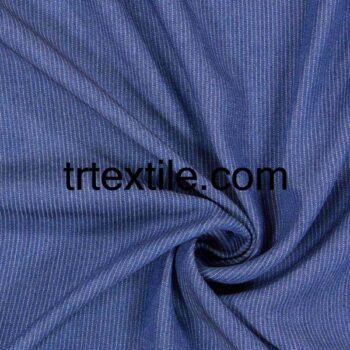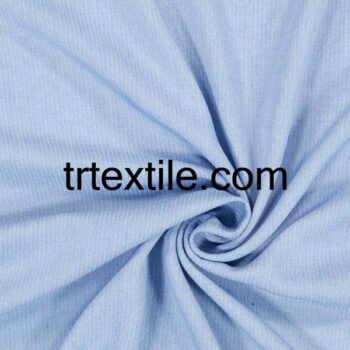Denim fabric is a durable and versatile material that has been a staple in the fashion industry for over a century. Known for its rugged texture and casual appeal, denim has become a symbol of American style and has evolved into a global fashion phenomenon.
Originally created as workwear for miners and cowboys in the late 19th century, denim fabric was made from sturdy cotton twill and dyed with indigo to create the characteristic blue color. The fabric was known for its durability and ability to withstand the rigors of manual labor, making it a popular choice for workers in various industries.
In the 1950s, denim fabric gained popularity as a fashion statement thanks to Hollywood icons like James Dean and Marilyn Monroe, who helped to popularize the fabric as a symbol of rebellion and youth culture. The rise of rock and roll and the counterculture movement in the 1960s further cemented denim’s status as a symbol of nonconformity and individuality.
Today, denim fabric is a wardrobe staple for people of all ages and backgrounds. From classic blue jeans to denim jackets, shirts, and dresses, denim is a versatile material that can be dressed up or down for any occasion. The fabric’s durability and comfort make it a popular choice for everyday wear, while its timeless appeal ensures that it never goes out of style.
Denim fabric is made by weaving cotton yarns in a twill pattern, which creates a diagonal ribbing effect on the surface of the fabric. The yarns are typically dyed with indigo, a natural dye that gives denim its iconic blue color. The dyeing process involves dipping the yarns in a series of indigo baths to achieve the desired shade of blue, with the yarns oxidizing and turning blue as they are exposed to the air.
There are several different types of denim fabric, each with its own unique characteristics. Raw denim, also known as selvedge denim, is made on traditional shuttle looms and has a tightly woven construction that results in a stiff and durable fabric. This type of denim is prized by denim enthusiasts for its high quality and unique fading patterns that develop over time with wear.
Stretch denim, on the other hand, is made with a blend of cotton and elastane fibers that give the fabric a stretchy and comfortable feel. This type of denim is popular for skinny jeans and other form-fitting styles that require a bit of stretch for mobility and comfort.
Denim fabric can also be treated with various finishes to achieve different looks and textures. Stone washing, for example, involves washing the denim with pumice stones to create a worn-in and faded appearance. Sandblasting is another popular technique that involves blasting the denim with sand to create a distressed and vintage look.
In recent years, sustainable denim has become a major trend in the fashion industry, with brands and manufacturers seeking to reduce their environmental impact by using organic cotton, recycled denim, and eco-friendly dyeing processes. From ethical sourcing to responsible production practices, there are many ways that denim brands are working to create a more sustainable and ethical supply chain.
Overall, denim fabric is a timeless and versatile material that continues to evolve and adapt to changing fashion trends. Whether you prefer classic blue jeans or trendy denim jackets, there is a style and fit for everyone in the world of denim. So next time you reach for your favorite pair of jeans, take a moment to appreciate the rich history and craftsmanship that goes into creating this iconic fabric.




